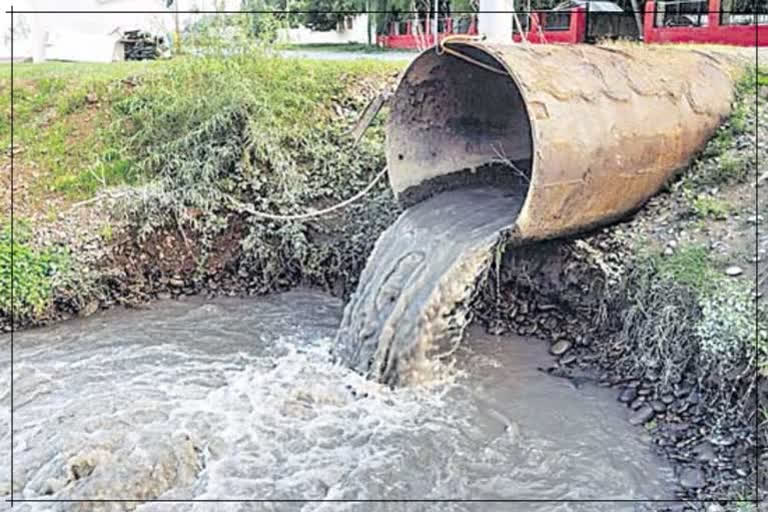Hyderabad: Increase in harmful chemicals (arsenic) in groundwater around the world has become extremely problematic. Prolonged use of contaminated groundwater is causing severe health problems for people in almost 108 countries.
The worst affected countries are Bangladesh, India, China, Nepal, Cambodia, Vietnam, Myanmar, Laos, Indonesia and the northern United States. Countries like Argentina, Chile, Hungary, Canada, Pakistan, Mexico and South Africa are in the next tier.
As a result, 50 crore people worldwide are suffering from health problems. This includes about 18 crore people in Asia. Chemicals enter groundwater through sedimentary deposits, volcanic rocks, soils and coal among others which are high in harmful chemicals.
Due to mining of gold and coal, petroleum extraction, burning of fossil fuels, etc., harmful chemicals are let to mix with groundwater. Pesticides and herbicides used in agriculture, too, contribute to groundwater pollution.
Also Read: Sinking land will affect 635M people globally: Report
Arsenic-containing sediments reach the lower delta through the Himalayan rivers, and 90 per cent of the country's groundwater, which contains high levels of chemicals, is found in the northern and north-western regions.
The remaining 10 per cent is located in areas with sulphide ores (e.g. gold mining areas in Karnataka) and acidic volcanoes (e.g. repetitive Rhyolite-Basalt flows on the acidic volcano in Dongargarh-Kotri Belt, Chhattisgarh).
The National Groundwater Board (2018) report states that wells of more than 100-metre depth contain less than 0.01 mg of harmful chemicals per litre of water. The concentration is more than 0.01 mg per litre of water in wells less than 100-metre depth.
Excessive groundwater extraction is also a major cause of pollution. According to the National Institute of Drinking Water Standards, a litre of drinking water should not contain more than 0.01 mg of harmful chemicals.
Also Read: UK university research offers water purification solutions for Indian farmers
Chronic illnesses caused by drinking large amounts of water containing more than 0.01 mg harmful chemicals are called 'arsenicosis'. It can lead to life-threatening cancers, especially of the skin, lungs, kidneys and heart.
According to a study conducted by the Central Water Board in 2019, 0.01 to 0.05 mg of harmful chemicals per litre of groundwater is found in about 20 states, including Andhra Pradesh and Telangana.
Ten states (Assam, Bihar, Chhattisgarh, Haryana, Jharkhand, Karnataka, Punjab, Rajasthan, Uttar Pradesh, and West Bengal) were found to contain more than 0.05 mg harmful chemicals in a litre of water.
More than five crore people in the country are affected by arsenic pollution. Studies show that use of such polluted groundwater in crop fields can poison leaves and crops.
The Central Water Commission has advised the central and state governments not to use groundwater for drinking and crop cultivation in areas exposed to arsenic sources.
Also Read: India's impending water crisis
Several processes are available to reduce the impact of arsenic pollution. Rainwater should be harvested underground to raise the water levels.
Governments in areas with arsenic sources should provide safe surface water for drinking and crop cultivation.
Extensive awareness should be created on the causes of harmful chemical pollution, the problems caused by it and the preventive measures to be followed. Governments must adopt scientific methods to address this issue.
- Acharya Nandipati Subbarao
(Retired Professor of Geology, Andhra University)



